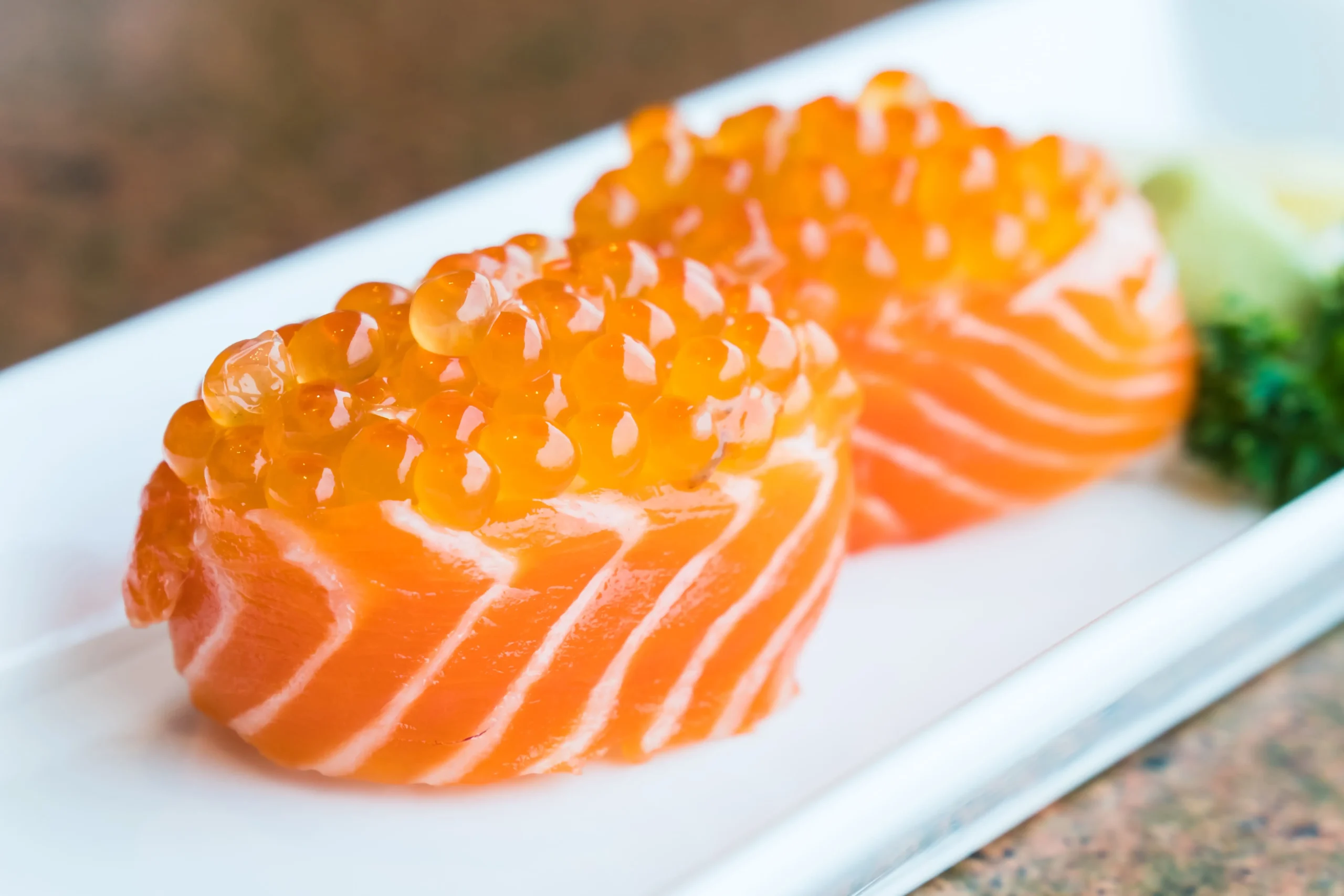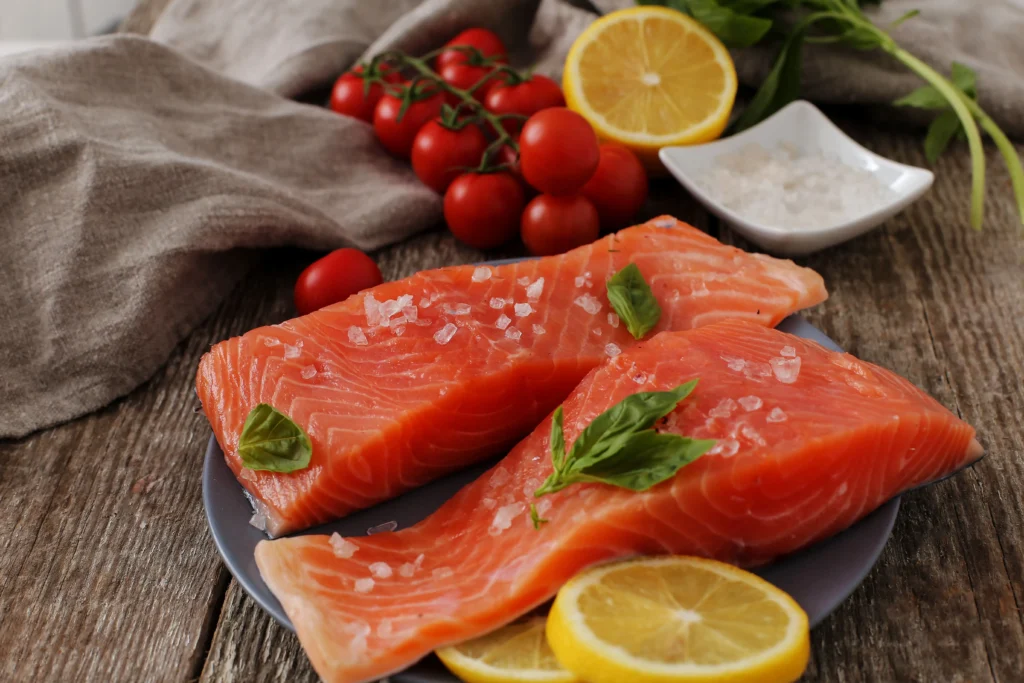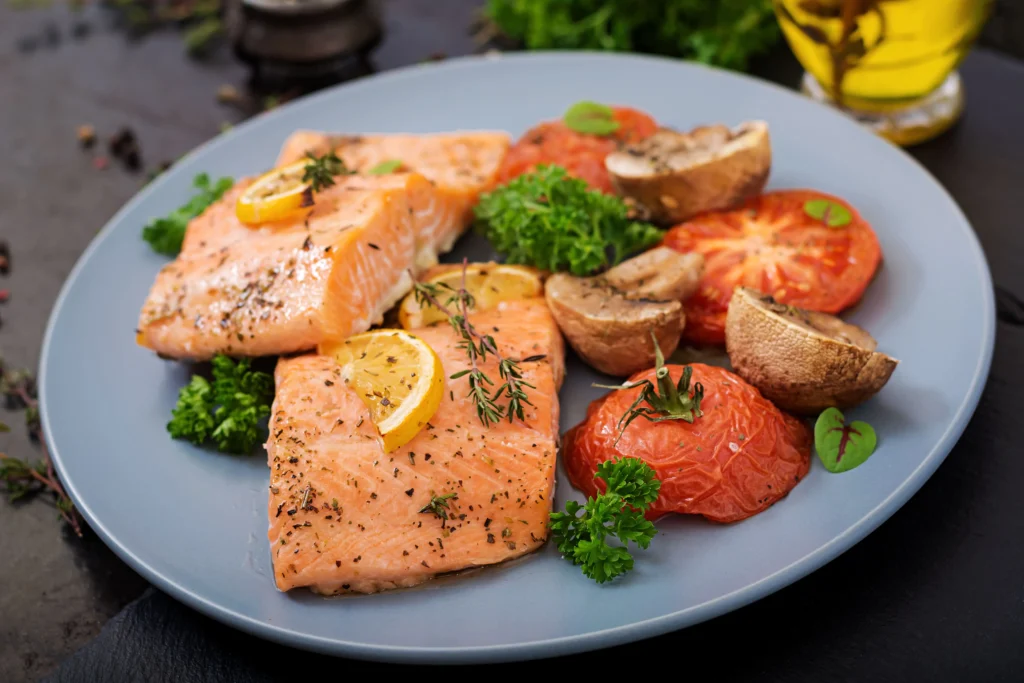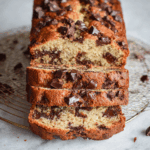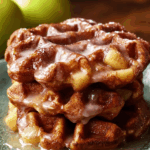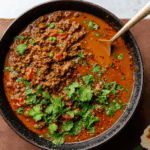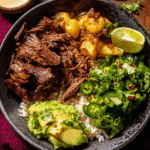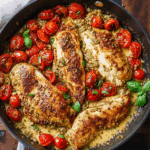Kokanee Salmon Recipes
Kokanee salmon, a landlocked form of Sockeye Salmon, is renowned for its delicate flavor and tender texture. This freshwater fish, thriving in the lakes of North America, has gained immense popularity among culinary enthusiasts. Its unique taste and texture make it a sought-after ingredient in various gourmet dishes.
Health Benefits
Rich in Omega-3 fatty acids, proteins, and vitamins, kokanee offers numerous health advantages, including heart health, brain function, and immune system support. Its low mercury level also makes it a preferred seafood option.
Selecting the Best Kokanee Salmon
freshness is key. Look for bright, clear eyes and firm, shiny flesh. Unlike its ocean-going counterpart, kokanee tends to be smaller but boasts a more intense flavor. Understanding these differences is crucial in selecting the best fish for your recipes.
Basic Preparation Techniques
Start with careful cleaning and filleting, handling the fish gently to maintain its texture. Light marinating can enhance the flavor, but it’s important to not overpower its natural taste.
Kokanee Salmon Recipes
Smoked Recipes
Smoking kokanee salmon transforms its flavor, adding a rich, smoky depth. The key is to balance the smoking time and temperature to maintain the fish’s moisture. A popular recipe is the Teriyaki Smoked Kokanee Salmon, which combines the sweet and savory teriyaki glaze with the smokiness of the fish. Experimenting with different woods and smoking techniques can yield a variety of delicious results.
Grilled Recipes
Grilling brings out a delightful char and crispiness in kokanee salmon. Techniques vary from direct high heat for a quick sear to slow grilling for a more even cook. Recipes like Grilled Salmon Tacos or Lemon Pepper Kokanee showcase the versatility of kokanee when cooked over an open flame.
Pan-Fried Kokanee Salmon Recipes
Pan-frying is a simple yet effective way to cook kokanee salmon. The Classic Pan Fried Kokanee recipe is a testament to the fish’s adaptability to various cooking methods. For a twist, the Old Bay Pan Seared Kokanee introduces a blend of spices that complement the fish’s natural flavor.
Storage and Leftover Ideas
Proper storage is crucial for maintaining the quality of kokanee salmon. Refrigeration or freezing techniques vary depending on the preparation method. Leftovers can be creatively repurposed into new meals, ensuring no waste and continuous enjoyment of this delightful fish.
Advanced Cooking Techniques
Sous-Vide
- Benefits of Sous-Vide: retaining its moisture and enhancing its natural flavors. This method ensures perfect doneness without the risk of overcooking.
- Preparing Sous-Vide Kokanee: Start by seasoning the kokanee fillets with salt, pepper, and a touch of lemon zest. Place them in a vacuum-sealed bag with a bit of olive oil or butter. Cook in a water bath at 122°F (50°C) for around 30 minutes. Finish by searing briefly in a hot pan for a crispy exterior.
Baking
- Baking Tips: To bake kokanee, preheat your oven to 375°F (190°C). Season the fillets with herbs and spices of your choice. Baking on a cedar plank can add a smoky flavor.
- Simple Baked Kokanee Recipe: Combine minced garlic, dill, and lemon slices with a little olive oil. Spread this mixture over the kokanee fillets. Bake for 12-15 minutes until the fish flakes easily with a fork.
Seasonal Kokanee Salmon Dishes
Spring and Summer Recipes
- Light Dishes for Warm Weather: Grilled kokanee with a fresh herb marinade or a citrus glaze is perfect for summer. Pair with seasonal salads featuring ingredients like arugula, berries, and vinaigrette.
- Grilled Kokanee with Vegetables: Marinate kokanee fillets in a mixture of lemon juice, olive oil, and herbs. Grill alongside asparagus, bell peppers, and zucchini for a colorful and healthy meal.
Fall and Winter Kokanee Recipes
- Hearty Meals for Cold Weather: Kokanee chowder with potatoes, corn, and cream offers comfort during the colder months. Stews with root vegetables and a rich tomato base also make satisfying meals.
- Kokanee Stews: Slow-cook kokanee with carrots, parsnips, and a hearty broth. Add some fresh herbs and a splash of white wine for depth of flavor.
International Kokanee Salmon Recipes
Asian-Inspired Kokanee Dishes
- Kokanee Sushi: Create sushi rolls using kokanee salmon as the star ingredient. Pair with avocado, cucumber, and a touch of wasabi for an authentic experience.
- Teriyaki Kokanee: Marinate kokanee fillets in a homemade teriyaki sauce made from soy sauce, mirin, sugar, and ginger. Grill or broil and serve with steamed rice and vegetables.
European Flavors with Kokanee
- Mediterranean Kokanee: Bake kokanee with tomatoes, olives, capers, and a sprinkle of Mediterranean herbs. Serve with a side of quinoa or couscous.
- Kokanee à la Meunière: Lightly flour kokanee fillets and pan-fry in butter. Serve with a sauce made from brown butter, lemon juice, and parsley.
Kokanee Salmon for Special Occasions
Festive Kokanee Recipes
- Holiday Kokanee: Prepare a whole fish stuffed with citrus and herbs for holiday celebrations.
- New Year’s Kokanee: Create a luxurious kokanee tartare with capers, onions, and a touch of caviar. Serve on small toasts for an elegant appetizer.
Romantic Dinner Ideas
- Date Night Kokanee: Pan-seared fillets with creamy sauces, complemented by light wines, are perfect for date nights. meal.
- Wine Pairings: Choose light white wines like Pinot Grigio or Sauvignon Blanc that complement the delicate flavor of kokanee without overpowering it.
Kid-Friendly Kokanee Salmon Recipes
Simple Kokanee Dishes for Kids
- Kokanee Fish Fingers: Cut kokanee into strips, coat in breadcrumbs, and bake until golden. Serve with a mild tartar sauce or ketchup for dipping.
- Kokanee Sliders: Make mini kokanee patties and serve in small buns with lettuce and a simple mayo dressing. A fun and tasty way to introduce fish to kids.
Healthy Kokanee Meals for Children
- Kokanee Pasta: Toss flaked kokanee with pasta, a light tomato sauce, and some peas for a balanced and kid-friendly meal.
- Kokanee Tacos: Serve flaked kokanee in soft tortillas with shredded lettuce, cheese, and a mild salsa. A fun and interactive meal for children.
Diet-Specific Kokanee Recipes
Gluten-Free Kokanee Dishes
- Gluten-Free Kokanee Cakes: Combine flaked kokanee with mashed potatoes, herbs, and a gluten-free binder. Pan-fry until crispy and golden.
- Gluten-Free Breading: Use almond flour or crushed gluten-free crackers for breading kokanee fillets.
Keto-Friendly Kokanee Meals
- Kokanee with Creamy Spinach Sauce: Serve grilled kokanee with a sauce made from spinach, cream, and Parmesan cheese. A satisfying, low-carb meal.
- Keto Kokanee Stir-Fry: Stir-fry kokanee pieces with vegetables like bell peppers and broccoli in a keto-friendly sauce.
Quick and Easy Kokanee Salmon Meals
30-Minute Kokanee Recipes
- Quick Kokanee Stir-Fry: Toss kokanee pieces with vegetables and a simple soy and ginger sauce. Serve over rice or noodles for a quick and flavorful meal.
- Kokanee Sauté: Quickly sauté kokanee fillets with garlic, lemon, and herbs. Serve with a side of steamed vegetables for a healthy, fast meal.
One-Pan Kokanee Meals
- One-Pan Kokanee and Vegetables: Roast kokanee fillets with a medley of vegetables like cherry tomatoes, green beans, and potatoes. A complete meal with minimal cleanup.
Gourmet Kokanee Salmon Creations
Chef-Inspired Kokanee Dishes
- Kokanee with Gourmet Sauces: Experiment with sauces like beurre blanc, hollandaise, or a dill cream sauce to elevate your kokanee dishes.
- Stuffed Kokanee Fillets: Stuff kokanee fillets with a mixture of crabmeat, breadcrumbs, and herbs. Bake and serve with a white wine reduction.
Plating and Presentation Tips
- Elegant Presentation: Focus on the arrangement of the kokanee and sides on the plate. Use garnishes like lemon wedges, fresh herbs, or edible flowers to enhance the visual appeal
Cooking Equipment
Essential Tools for Preparation
Fillet Knife
A fillet knife is the cornerstone of kokanee salmon preparation. Here’s a detailed look at why it’s indispensable:
Purpose: A fillet knife is designed specifically for removing the skin and bones from fish fillets, ensuring that you can work with kokanee salmon with precision.
Sharpness: The blade of a fillet knife is incredibly sharp, allowing you to make clean and precise cuts. Maintaining its sharpness is essential for ease of use.
Flexibility: Fillet knives are typically flexible, allowing you to maneuver around the curves and contours of kokanee salmon fillets without damaging the meat.
Cleaning and Maintenance: Proper cleaning and drying of the fillet knife after each use are crucial to prevent corrosion and maintain its edge.
Smoker
Smoking adds depth, balancing time and temperature to keep the fish moist. Try Teriyaki Smoked, a blend of sweet and savory with a smoky twist.:
Types of Smokers: There are various types of smokers available, including electric, charcoal, and wood pellet smokers. Each has its advantages and unique flavor profiles.
Temperature Control: Look for smokers with precise temperature control features, as maintaining the right temperature is essential for smoking kokanee salmon to perfection.
Wood Selection: Experiment with different wood chips or chunks (e.g., hickory, applewood, alder) to impart distinct flavors to your smoked kokanee salmon.
Smoking Techniques: Explore various smoking techniques, such as cold smoking, hot smoking, and reverse smoking, to achieve different results.
Grill
Grilling introduces a delightful char. Experiment with high heat for quick searing or slow grilling for even cooking.:
Grill Types: Choose between gas, charcoal, or electric grills based on your preference and cooking style.
Direct vs. Indirect Heat: Understanding the difference between direct and indirect grilling is crucial for achieving the desired texture and flavor when cooking kokanee salmon.
Grill Accessories: Consider using grill baskets, grilling planks, or cedar wraps for unique preparations of kokanee salmon.
Marinades and Rubs: Grilling offers an opportunity to experiment with a wide range of marinades and rubs to enhance the flavor of kokanee salmon.
Sous-Vide Machine
Sous-vide This method ensures even cooking and flavor enhancement.. Here’s what you need to know:
Sous-Vide Benefits: Sous-vide cooking allows kokanee salmon to cook evenly, retaining its moisture and enhancing its natural flavors. This method ensures perfect doneness without the risk of overcooking.
Equipment: To explore sous-vide cooking, you’ll need a sous-vide machine (also known as an immersion circulator), vacuum-sealed bags, and a container for the water bath.
Seasoning: Season the kokanee fillets with salt, pepper, and a touch of lemon zest before vacuum-sealing them. You can also add a bit of olive oil or butter for added richness.
Cooking Time and Temperature: Cook the sealed kokanee fillets in a water bath at 122°F (50°C) for around 30 minutes. Finish by searing briefly in a hot pan for a crispy exterior.
Kokanee Salmon Catch and Sustainability
Catching and Sustainability
Fishing Tips
Catching kokanee salmon can be a rewarding experience. Here are some fishing tips to make the most of it:
Time of Year: Kokanee salmon are most active during their spawning season, which varies by location. Research the best times to fish in your area.
Bait Selection: Kokanee salmon are known to be attracted to scented baits, particularly those with anise or garlic scents.
Trolling Techniques: Trolling with downriggers or leadcore lines can help you target kokanee salmon at the right depth in the water column.
Catch and Release: Consider catch and release practices, especially if kokanee salmon populations are fragile in your region.
Sustainable Sourcing
Choosing sustainably sourced kokanee salmon is essential for environmental conservation. Here’s why it matters:
Overfishing Concerns: Kokanee salmon populations can be vulnerable to overfishing, making sustainable sourcing critical for their survival.
Certifications: Look for certifications such as the Marine Stewardship Council (MSC) or Aquaculture Stewardship Council (ASC) when purchasing kokanee salmon.
Local Sourcing: Whenever possible, support local fisheries that prioritize sustainable practices in kokanee salmon harvesting.
Educate Yourself: Stay informed about the state of kokanee salmon populations in your region and the efforts being made to protect them.
Conservation Efforts
Efforts to preserve kokanee salmon populations are essential. Here’s an overview of some conservation initiatives:</p>
Habitat Restoration: Many organizations work on habitat restoration projects to improve the spawning and rearing conditions for kokanee salmon.
Fish Ladders: Installing fish ladders or other fish passage systems can help kokanee salmon overcome obstacles such as dams during their migrations.
Water Quality Monitoring: Monitoring and maintaining water quality in lakes and rivers is crucial for kokanee salmon survival.</p>
Community Involvement: Get involved in community-led conservation projects or support organizations that champion kokanee salmon conservation efforts.
These detailed sections will provide valuable information for your readers interested in kokanee salmon, their preparation, and their conservation.
Frequently Asked Questions (FAQs)
Nutritional and Flavor Profile
Is Kokanee salmon good to eat?
Absolutely! This fish is delicious and nutritious, known for its tender texture and mild flavor, which is less intense than other salmon varieties. It’s also rich in Omega-3 fatty acids.
Suitability for Raw Consumption
Can kokanee be eaten raw? Yes, it can be eaten raw, provided it’s fresh and has been handled properly. It’s a popular choice for sushi and sashimi among those who appreciate its delicate flavor. However, always ensure it’s from a reliable source to avoid any health risks.
Unique Characteristics
What is unique about the Kokanee salmon? this fish is unique because it’s a landlocked version of the sockeye salmon. Unlike its ocean-going relatives, kokanee spends its entire life in freshwater. This gives it a distinct flavor and texture, often described as more subtle and refined.
Comparison
Is kokanee the same as sockeye salmon? The key difference lies in their habitat – sockeye salmon migrate to the ocean, whereas kokanee salmon live entirely in freshwater. This difference in environment affects their size, with kokanee generally being smaller.
Does kokanee salmon taste like salmon? Kokanee salmon does taste like salmon, but with its own unique twist. It’s often described as milder and more delicate than other salmon types, making it a favorite for those who prefer a less intense fish flavor.
Edibility During Spawning
Can you eat kokanee salmon that is red? Yes, you can eat it when it turns red, especially during spawning. The color change doesn’t affect its edibility, although the texture and flavor might be slightly different compared to when they are not spawning.
Distinctive Flavor
What do kokanee taste like? It has a subtle, slightly sweet flavor with a tender, less oily texture compared to other salmon species. It’s this mild but distinctive taste that makes kokanee a favorite among many seafood lovers.
Importance of Bleeding
Do you need to bleed kokanee? Bleeding kokanee immediately after the catch is recommended to improve the quality of the meat. It helps in removing the blood, which can affect the flavor and freshness of the fish.
Spawning Coloration
Why do kokanee salmon turn red? this fish turn red during their spawning phase, which is a natural part of their life cycle. This color change is due to physiological transformations they undergo for reproduction. The red color is more pronounced in males and is a signal of their readiness to spawn.

